India’s Kumbh Mela, world’s largest religious gathering
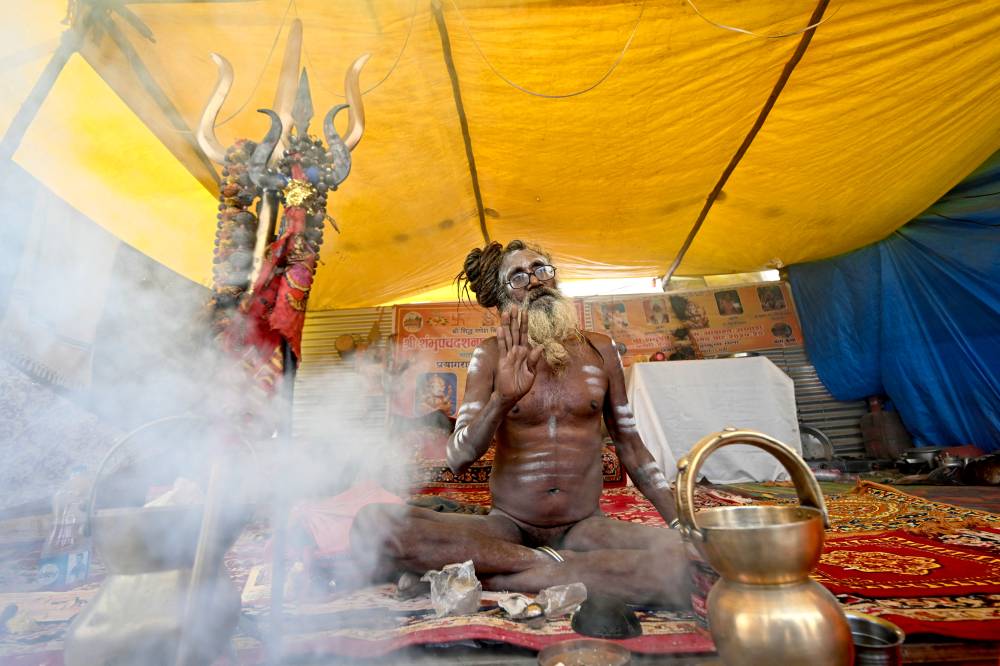
PRAYAGRAJ, INDIA—Organizers of India’s Kumbh Mela have prepared to host a staggering 400 million devotees at the six-week Hindu festival that starts Monday and is expected to be the largest human gathering in history.
Pilgrims will come from across India and beyond to take part in elaborate rituals, prayers and religious processions with elephants, as well as horse-back parades and chariots.
The mass Hindu mela, or fair, runs from January 13 to February 26 on the river banks of Prayagraj in the northern state of Uttar Pradesh.
Organizers say the scale of preparations for the Kumbh Mela is akin to setting up a country from scratch.
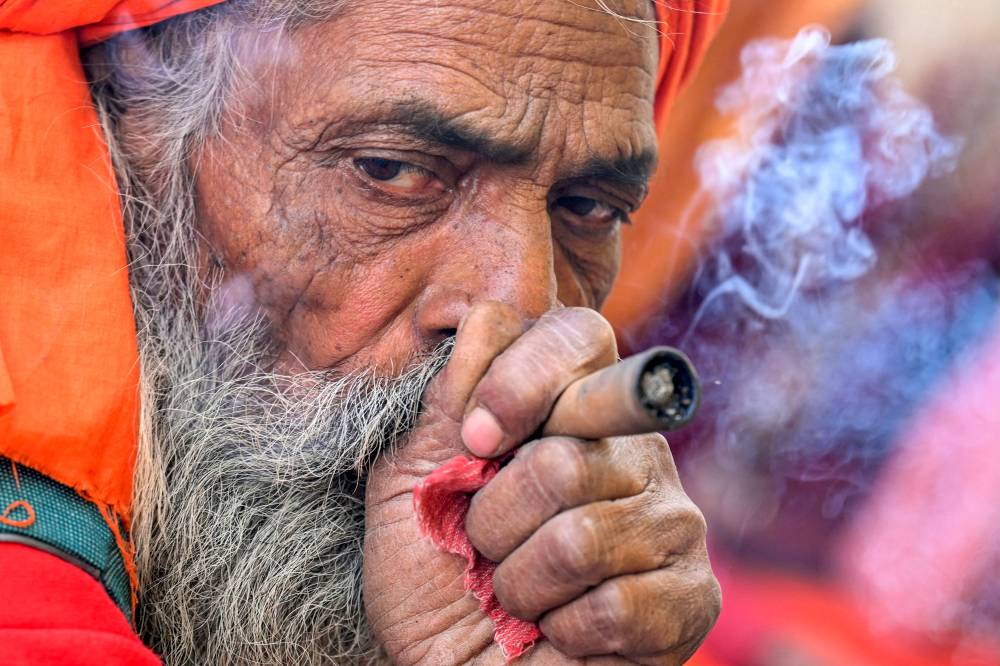
Mind-boggling numbers
Some 150,000 toilets have been built, 68,000 LED lighting poles have been erected, and community kitchens can feed up to 50,000 people at the same time.
The last celebration at the site, the “ardh” or half Kumbh Mela in 2019, attracted 240 million pilgrims, according to the government.
This year, authorities are preparing for up to 400 million people—more than the combined population of the United States and Canada.
Mela authorities and police have set up a network of “Lost and Found” centers as well as a special Kumbh phone application to help lost pilgrims reunite with their families.
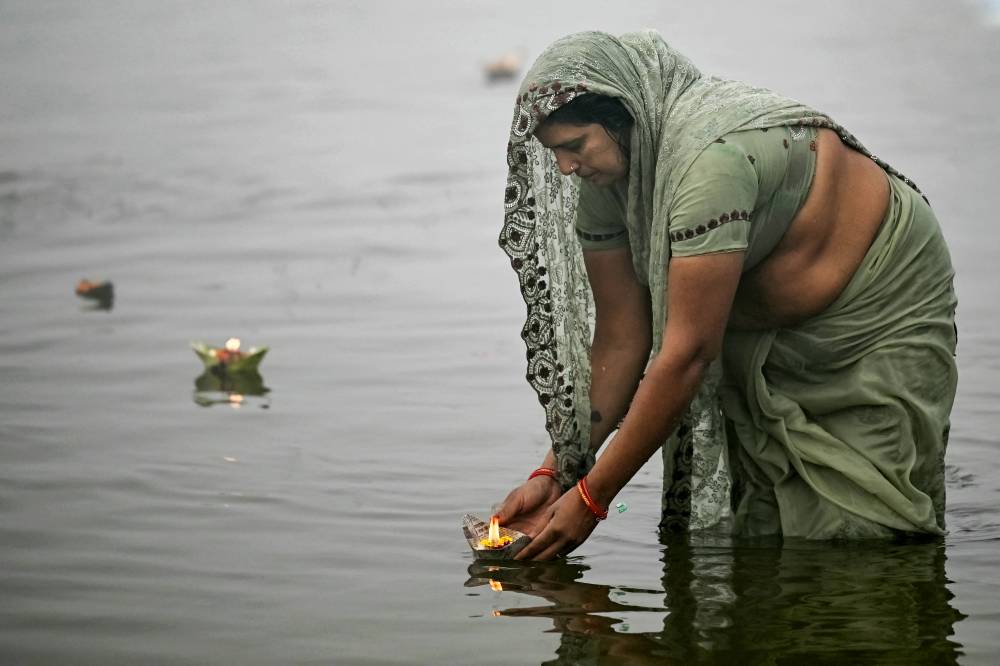
Sacred bathing
The Kumbh Mela, the “festival of the sacred pitcher”, is held at the confluence of the Ganges, Yamuna and mythical Sarasvati rivers.
A central part of the rituals is bathing in the holy rivers, with the dawn charge often led by naked, ash-smeared monks.
Hindus believe that those who immerse themselves in the waters cleanse themselves of sin, breaking free from the cycle of rebirth and ultimately attaining salvation.
Many pilgrims embrace a life of simplicity during the festival—vowing non-violence, celibacy and the offering of alms—and focusing on prayer and meditation.
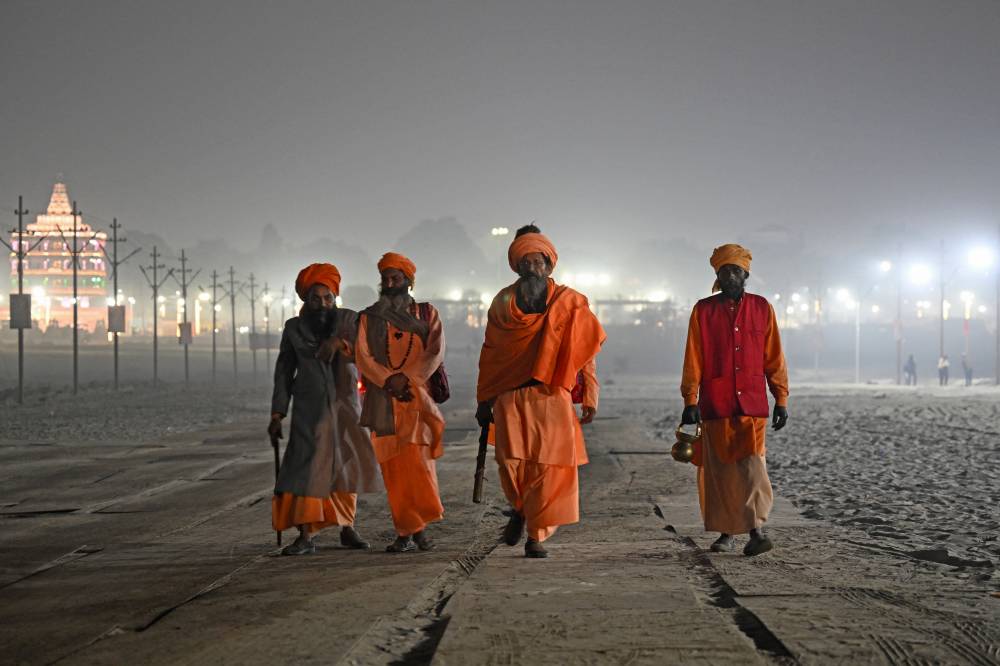
Cosmic battle
The festival is rooted in Hindu mythology, a battle between deities and demons for control of a pitcher, or kumbh, containing the nectar of immortality.
During the battle, a cosmic fight called “Samudra Manthan”, or the “churning of the ocean”, four drops of nectar were spilt.
One landed at Prayagraj, where the Kumbh is held every 12 years.
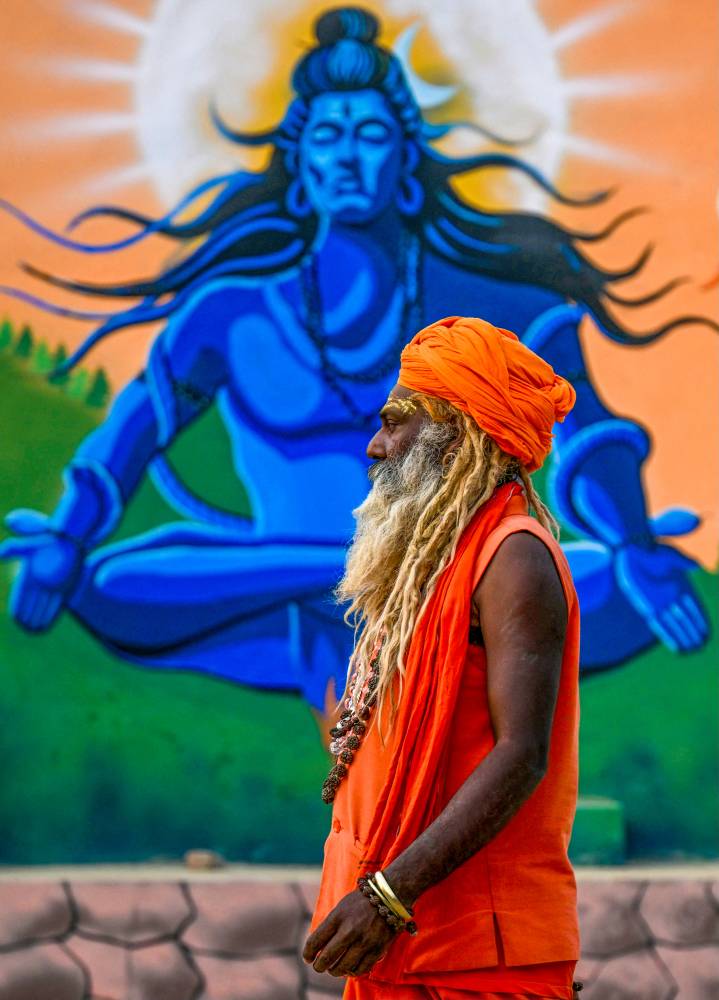
The other drops fell in Nashik, Ujjain and Haridwar, cities where smaller Kumbh festivals are held in intervening years.
The mythological battle is mentioned in the Rig Veda, an ancient sacred canonical Hindu text.
One of the earliest historical mentions of the festival comes from Chinese Buddhist monk and scholar Hiuen Tsang, who attended in the seventh century.
Key dates
Bathing takes place every day, but on the most auspicious dates, it is known as Shahi Snan, or “royal bath”.
Ceremonies include the visually spectacular “aarti”, when vast numbers of priests perform rituals holding flickering lamps.
Devotees also float a sea of twinkling “diya” prayer lamps, crafted from baked flour, that glow from burning mustard oil or clarified butter.
Key dates include January 13, the start of the mela that coincides with the full moon.
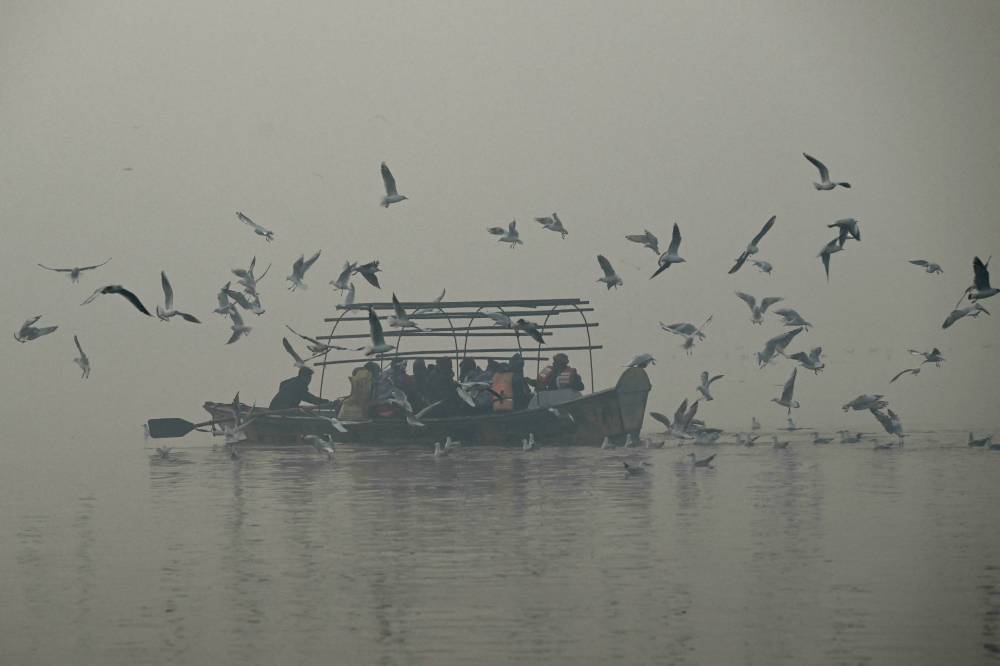
One of the most popular days is January 29, Mauni Amavasya, when celestial alignments are said to be ideal for purifying waters.
Celebrations culminate on February 26, Maha Shivaratri, the final holy bathing day.
Pontoon bridges
Beside India’s holy rivers, a makeshift city is being built for a Hindu religious festival expected to be so vast it will be seen from space.
Line after line of pontoon bridges span the rivers at Prayagraj.
The millennia-old sacred show of religious piety and ritual bathing is held once every 12 years at the site where the holy Ganges, Yamuna and the mythical Saraswati rivers meet.
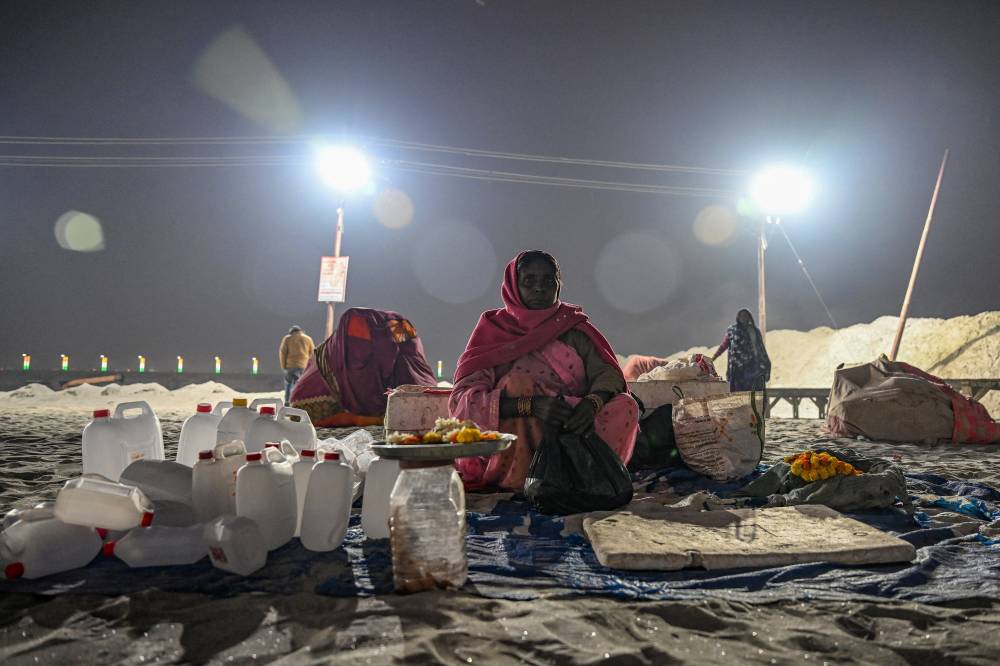
But this edition from January 13 to February 26 is expected to be a mega draw, as it is set to coincide with a special alignment of the planets.
Beads of sweat glisten on laborer Babu Chand’s forehead as he digs a trench for seemingly endless electrical cables, one of an army of workers toiling day and night at a venue sprawling over 4,000 hectares.
“So many devotees are going to come,” 48-year-old Chand told AFP, who says he is working for a noble cause for the fair.
“I feel I am contributing my bit—what I am doing seems like a pious act.”
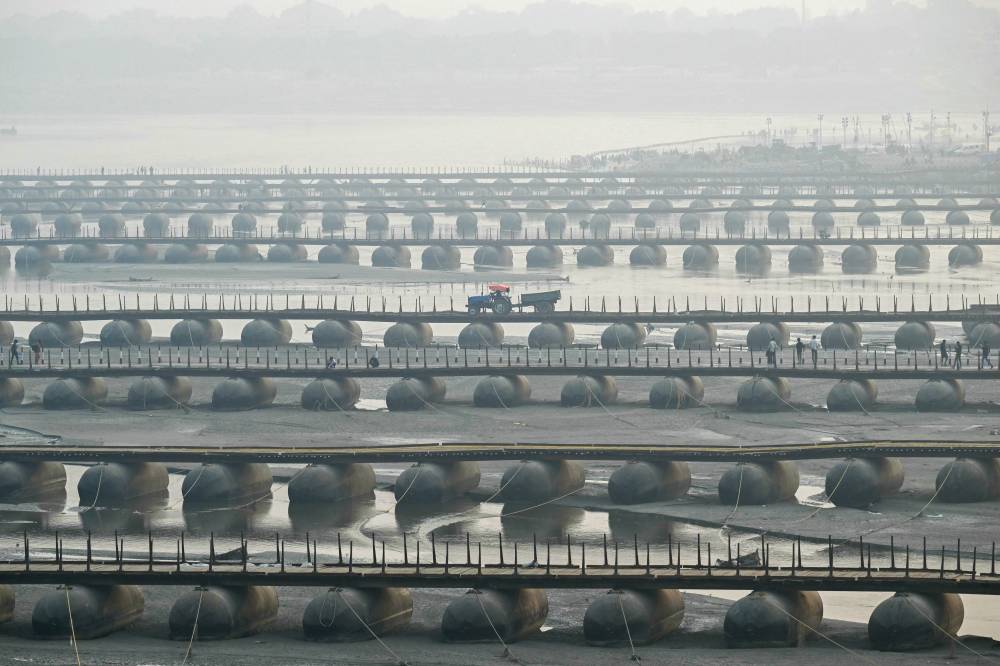
‘Pure faith’
A humongous tent city, two-thirds the area of Manhattan, is being built on the floodplains of Prayagraj, formerly called Allahabad, in the northern state of Uttar Pradesh.
Preparing for the Kumbh is like setting up a new country, requiring roads, lighting, housing and sewerage.
“What makes this event unique is its magnitude and the fact that no invitations are sent to anybody… Everyone comes on their own, driven by pure faith,” Chaturvedi told AFP.
“Nowhere in the world will you see a gathering of this size, not even one-tenth of it.”
Around 1.8 million Muslims take part in the annual hajj pilgrimage to Mecca in Saudi Arabia.
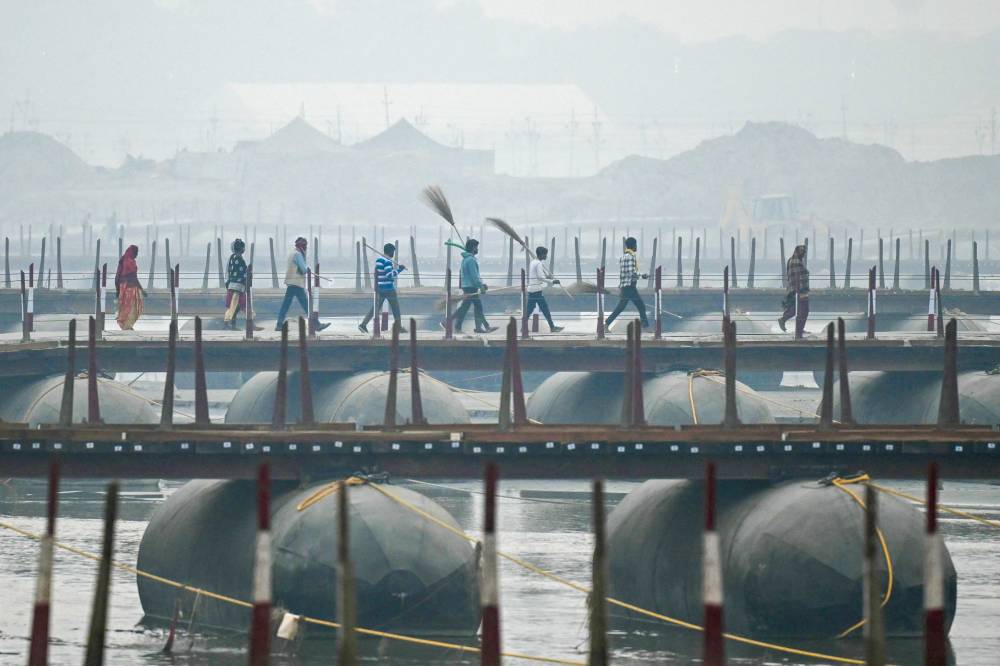
The Kumbh numbers, according to Chaturvedi, are mind-boggling.
Alongside religious preparations, Prayagraj has undergone a major infrastructure overhaul, and huge posters of Prime Minister Narendra Modi and state Chief Minister Yogi Adityanath dot the city.
Both are from the ruling Hindu-nationalist Bharatiya Janata Party (BJP), with politics and religion deeply intertwined.
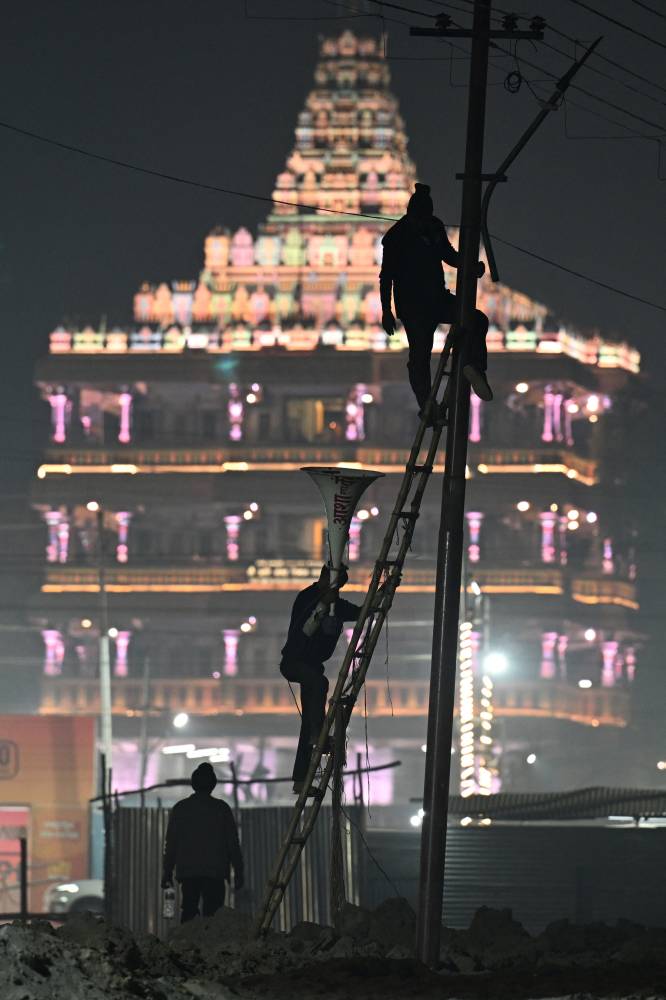
Naked monks
Some pilgrims have already arrived, including naked naga sadhus—wandering monks who have walked for weeks from the remote mountains and forests where they are usually devoted to meditation.
They will lead the dawn charge into the chilly river waters on the six most auspicious bathing dates, starting with the first on January 13.
“I have come here to give my blessings to the public,” 90-year-old naga sadhu Digambar Ramesh Giri, naked with dread-locked hair in a bun, told AFP.
“Whatever you long for in your heart you get at Kumbh.”
AFP is one of the world's three major news agencies, and the only European one. Its mission is to provide rapid, comprehensive, impartial and verified coverage of the news and issues that shape our daily lives.

















